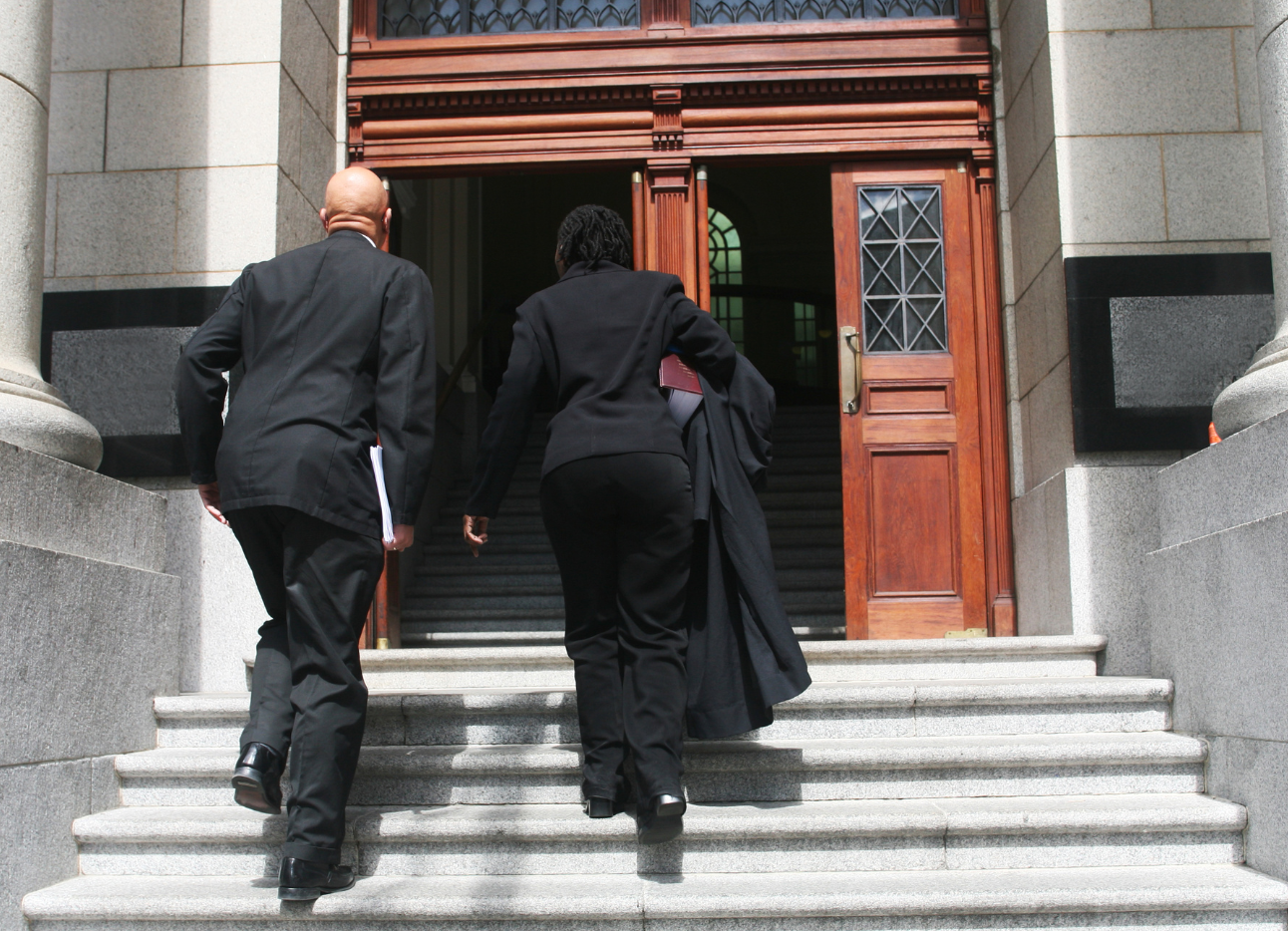
Working with survivors of domestic abuse: Cafcass
In this blog, a Cafcass Family Court Adviser shares her experience and thoughts on domestic abuse as it affects proceedings concerning children in the family courts
Cafcass independently advises the family courts in England about what is safe for children and in their best interests. Its vision is for every child whose future is decided by the family courts, to provide a service that prioritises their safety, their voices and their needs, taking full account of their families and those connected to them.
The aim of the family court and Cafcass is to support and protect victims of domestic abuse in family proceedings and as a family court adviser, it’s essential to remain open minded and respectfully critical of the processes involved in those proceedings, including our own work. My experience derives from the families I have met over the years and being mindful that things are not always what they seem. With each unique family that I work with, there is learning to take forward to the next.
A typical day would include reading court papers and reports so that I can start planning my assessments before meeting with children and parents. I usually have several interviews a week with parents in addition to meeting or speaking with children, attending court hearings, and writing reports.
Many of the families I work with are encountering the family court for the first time, so the language and general environment is unfamiliar and can feel intimidating. For survivors of domestic abuse, this power dynamic can feel absolutely overwhelming as their account of events is scrutinised by professionals that they have had no prior relationship with. Perpetrators of abuse sometimes use the threat of removal of children through court proceedings as a form of emotional abuse and control.
One of the challenges of building a relationship with a survivor of abuse is that you cannot guarantee what will happen or what the court will do. You can be transparent about the process and honest as far as possible about your assessment, but this does not necessarily provide the level of reassurance that a survivor needs to feel safe. During an assessment, survivors are asked to relive their experiences which is traumatic and a difficult part of the process.
The language used by the courts and Cafcass can be challenging. For example, when a survivor has discussed their experiences, these will often later be referred to in assessments as ‘allegations’. Although Cafcass provides an assessment about the potential risk or actual harm to a child, only the court can determine an incident as ‘fact’. The language used in these reports needs to be explained at the outset, otherwise survivors may feel that their experiences have been minimised.
Another challenge is in striking the balance of being supportive and inclusive of all those involved in proceedings, whilst ensuring impartiality as an independent voice for the child. When I attend final hearings, I am there as a witness, and I cannot support survivors at court in the same way that a specialist domestic abuse service can. Reading court papers and being asked direct questions about the abuse you have experienced is extraordinarily difficult to articulate in a formal environment. Domestic abuse support services, such as Independent Domestic Violence Advisers (IDVAs) in court, would go some way to address this and help survivors make sense of what is happening and feel prepared. The court is also obliged to ensure that special measures are in place to increase safety for survivors when attending hearings.
I have worked with survivors who don’t initially disclose the extent of abuse they have experienced, and it is only later that this comes to light. Risk assessments about potential child contact need careful consideration, especially when there has been coercive control and survivors are only just starting to make sense of their experiences. With consent, Cafcass can refer survivors to domestic abuse services for support but we are prevented from sharing our assessments with other professionals without a direct order of the court.
From my own experience of giving evidence in court, one example that stands out was when, after hearing verbal evidence from a parent that I had assessed as being a perpetrator of abuse, the court allowed me to readdress the bench. As the parents were not represented, they had not asked me the questions as a witness that they perhaps would have if there had been an advocate doing this on their behalf. My aim was to clearly set out my concerns about coercive control and how the evidence from the perpetrator had demonstrated this. This would not be appropriate in all cases and the flexibility for me to do this meant that the risk analysis could be fully explored by the court and the impact of the harm and risk to children is then more likely to be fully understood.
During my time as a practitioner, I’ve seen a marked reduction in support services for families who have experienced domestic abuse. Although there has been progress with the introduction of legislation and a growing understanding of types of abuse such as coercive control, statistics show that the prevalence of domestic abuse continues to rise. There needs to be more education about domestic abuse including for young people in schools. Domestic abuse is a human rights issue that has far-reaching consequences for the individual and society and should always be viewed in this context. To protect the victims of domestic abuse and the children involved, we must continue to listen, be compassionate, educate ourselves and ensure that domestic abuse survivors are given access to the support they need.
You may also be interested in


Domestic abuse response in the UK

